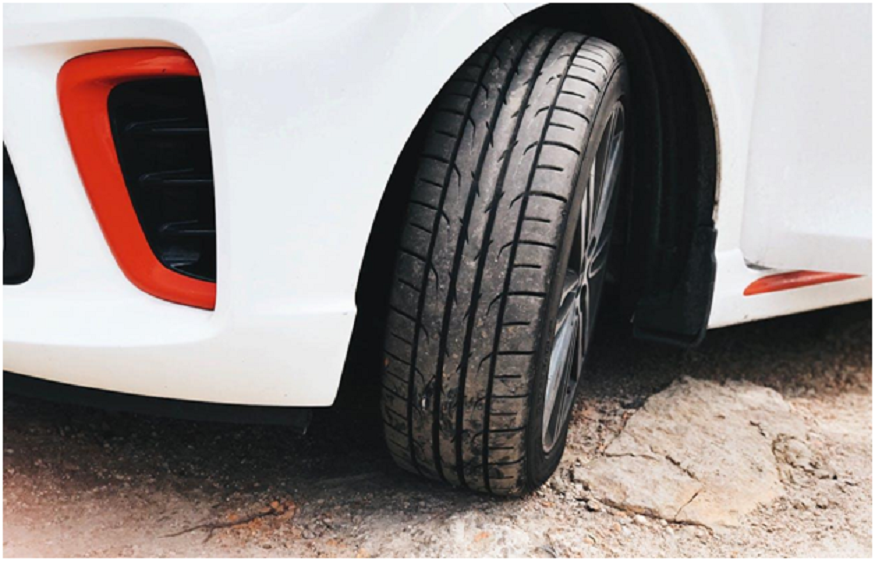Most drivers cruise along without paying attention to the subtle signals their vehicle sends about alignment issues. These signals start small but grow into expensive problems if ignored.
Car alignment affects more than just how your vehicle handles. Poor alignment impacts tire life, fuel economy, and safety. However, you don’t need a mechanic to spot alignment problems. Five simple tests can reveal whether your car needs professional attention.
Conduct the Uneven Tire Wear Test for Car Alignments
Walk around your car and examine each tire carefully. Look for wear patterns that say something about your car alignments. Check the inside and outside edges of each tire, plus the center tread area.
What should concern you?
- Excessive wear on one edge indicates the wheel tilts too far inward or outward.
- Wear on both edges suggests underinflation, while center wear points to overinflation.
Run your hand across the tire surface. Smooth wear feels consistent, while alignment problems create a sawtooth texture you can feel with your fingers.
Steering Wheel Alignment Test
Find a straight, level road with light traffic.If you need to hold the wheel at an angle to maintain straight travel, alignment is off.
This test works best on roads with minimal crown (the slight curve that helps water drain). Highway on-ramps and long stretches of interstate provide ideal conditions. Note how much you need to turn the wheel to go straight.
A slight offset might indicate minor alignment issues, while significant angles suggest serious problems that need immediate attention.
Steering Wheel Vibration Test
Pay attention to vibrations coming through your steering wheel during normal driving. Different vibrations indicate different problems. Alignment issues often create vibrations that worsen at highway speeds.
These vibrations feel different from the rapid shaking caused by unbalanced wheels or the pulsing from warped brake rotors. Alignment vibrations typically feel like a gentle shimmy or wandering sensation.
The steering wheel might feel loose or unstable, requiring constant small corrections to maintain straight travel. Test at various speeds to identify when vibrations occur.
The Squealing Tires Test
Listen carefully when making turns, especially from parking lots onto roads or during lane changes on highways. Tires should grip quietly during normal turns. Squealing during gentle turns at moderate speeds suggests alignment problems that cause tires to scrub against the pavement rather than roll smoothly.
This differs from the tire noise during aggressive cornering or emergency maneuvers. Alignment-related squealing happens during routine driving situations where tires shouldn’t make noise.
Gas Mileage
Track your fuel economy over several fill-ups to establish a baseline. Poor alignment forces your engine to work harder, reducing fuel efficiency.
This extra resistance makes your engine burn more fuel to maintain speed. Compare your current mileage to previous records or the EPA estimates for your vehicle. A sudden drop in fuel economy without obvious causes like aggressive driving or mechanical problems might indicate alignment issues.
Document your mileage carefully over 2-3 tank fill-ups for accurate results.

